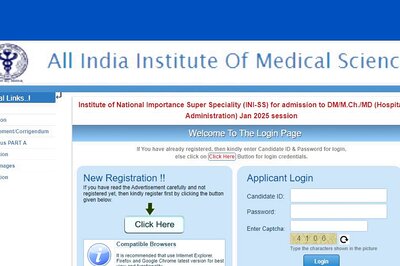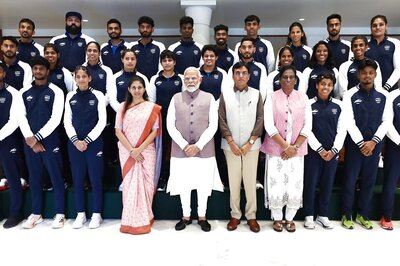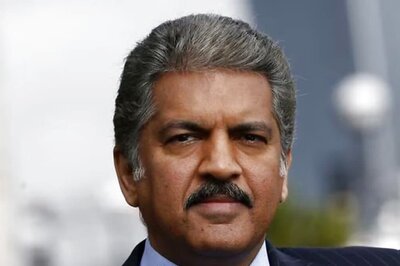
views
New Delhi: The Human Resource Development (HRD) Ministry, grappling with lack of funds for the higher education sector in India, has proposed new modes of generating funds in its five-year plan, titled Education Quality Upgradation and Inclusion Programme (EQUIP), 2019-2024.
Officials involved with EQUIP, which is an overarching programme conceived by the Department of Higher Education of the HRD Ministry, are mulling alternative funding modes like crowd-funding, philanthropy, Higher Education Financing Agency (HEFA) loan reforms and opening up research for industry.
The government has also demanded rationalisation of fee structure to make education more accessible and inclusive. The EQUIP report calls for “fee revision to be based on the cost of education and to protect the institution from fee subsidy.”
The expert groups constituted to design and formulate an action plan on higher education has observed that there are inadequate investments in higher education as a proportion to the GDP.
The government’s expenditure on higher education is a mere 2.7% of the GDP against 6% as recommended by the Kothari Commission. “Public investment in education has remained almost stagnant in the last 10 years. The more worrying aspect is that public investment in higher education has declined from 1.14% in 2006-07 to 0.71% in 2016-17 of GDP,” said the EQUIP report.
In order to enhance the flow of funds, the five-year plan proposes new modes of generating funds including rationalization of fee structure.
Rationalisation of Fee Structure
The committee at the helm of EQUIP report observed that the efforts towards attaining higher levels of self-sustaining excellence in higher education and generating internal revenues will be negated, “if the fee structure continues to be almost universally subsidized, with further exemptions across certain segments.”
The committee has also proposed to align the fees with the cost of higher education, so that standards are raised across the board. “One method is a variable fees model where the fee is linked with the income level of the students’ families. The rise in cost for students from disadvantaged sections of society should be met explicitly by the government in a transparent manner through the Direct Benefit Transfer method to the student directly,” suggests EQUIP. “Other students can be provided interest-free loans or loans with subsidized interest,” it read.
The report further suggested, “M Tech fellowships may be completely stopped since they are not related to research, largely misused by moderate or under-performing students and do not serve a fruitful educational outcome.”
“Institutions with a NAAC 3.0 and above grade must be allowed a liberalized fee structure regime, and the same should not be fixed by government," the report said.
As per the view of the committee, the fee may cover the entire running expenditure including salaries, maintenance, and HEFA loan servicing obligations. The government report said an important consequence of the low-fee structure in higher education institutes is that they are not sustainable and limit future growth of the institution in tight fiscal situations. It further says, the fee subsidy tends to benefit financially better –off students as well.
The government has taken the complexity of the different categories of funding and the significant funding needs of the sector into consideration and called for sound diversification of the funding streams for higher education.
Philanthropy
Apart from fee rationalisation, the report has proposed philanthropy, which has been a major financing pillar for universities across the world. Harvard, Yale, Cornell, Stanford Universities in the USA, Central European University, Shantou University and India’s and Aligarh Muslim University are all creations of philanthropic largesse. Some universities across the USA receive significant alumni funding to the tune of nearly 3 % of their revenue in all forms. In India, philanthropy as a mode of financing education has not been optimally explored as of yet. The government has also proposed reforms to HEFA loans suggesting to raise its tenure 15 years.
Crowd Funding Portal
Another comprehensive method of channelling donor money for the benefit of institutions and students’ alike proposed is mega “Crowd Funding Portal.” The portal would be opened with a large number of student and institutional needs indicated as well as the donor priorities.
This would be a digital platform for connecting student needs, infrastructural needs and research needs in an open, transparent, and continuous manner. Donors would have the option of choosing a student(s), institutions, other educational purposes for either sponsoring in part or full or meeting a part/full need of an institution.
This national portal (like the existing Vidyadhan Portal) would serve as a comprehensive gateway for a donor beneficiary mapping and facilitate an accessible channel for millions of currently anonymous donors wanting to make contributions to the education system or students.




















Comments
0 comment